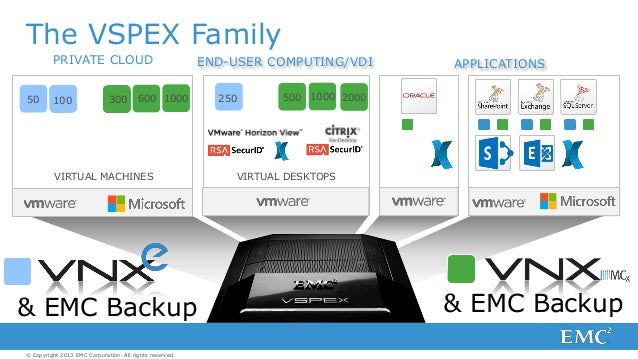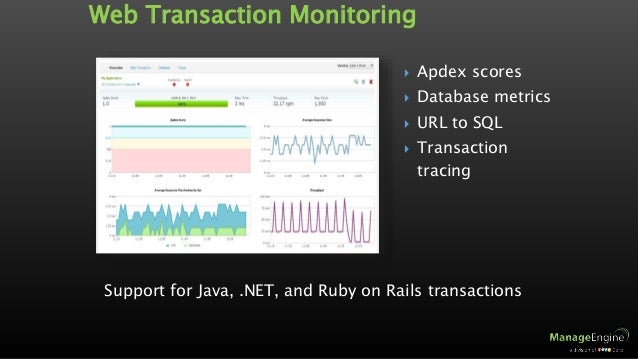

To this end, the 3GPP standardized Critical Push to Talk (MCPTT) in R13 and Mission-Critical Data (MCDATA) and Mission-Critical Video (MCVIDEO) in R14, with additional improvements in R15. In addition, 4G and 5G allowed the introduction of new forms of information such as video-to-video communications, real-time video surveillance, and group voice calls, among others. This standardization process enabled mobile broadband technologies such as 4G and 5G to have built-in critical communications mechanisms that can offer a more robust and reliable platform to end users- i.e., oil and gas companies, first responders (FirstNet)-as well as a mature and fast-growing ecosystem. The 3rd Generation Partnership (3GPP) started to standardize Mission-Critical Applications (MCA) in 2015 with the introduction of Priority and Preemption over LTE in Release 12. This guide from SIOS explains the complexity of achieving high availability in business-critical applications and how to address high availability and disaster recovery in multi-cloud environments.Mission-Critical Applications: Standardization and Spectrum Choice For distributed systems, such as databases and directory services, multi-cloud disaster recovery can be far more challenging.

Additionally, more organizations are deploying their mission-critical workloads across multiple public cloud providers.

In addition to lost productivity and revenue, organizations risk losing customers when their business-critical systems, databases, and applications aren’t available to deliver a reliable and superior customer experience. In today’s highly competitive, always-on global economy, downtime has become more costly than ever before for modern businesses.


 0 kommentar(er)
0 kommentar(er)
